Download Cassandra JDBC Driver
What are JDBC Drivers?
JDBC drivers are Java library files with the extension '.jar', used by Java applications to connect to the database. Usually they are provided by the same company which developed the database software.
What is the JDBC URL?
The JDBC Driver requires the JDBC URL to know where the database is located ( on which machine and port), the database name or other settings. All this are passed as a string, specific for each database and driver.
Download the Cassandra JDBC Driver
For connecting to Cassandra we wrote our own open-source JDBC driver, available on GitHub.
- Required File(s): cassandra-driver.jar
- Java Driver Class: com.dbschema.Cassandra.JdbcDriver
- JDBC URL: jdbc:cassandra://host1[:port1][,host2[:port2],...[,hostN[:portN]]][/[keyspace];dataCenter[&options]]
- Website: DbSchema.com
The driver is wrote on top of the native Cassandra Java Driver. For connecting to multiple hosts you can pass an URL like: jdbc:cassandra://host1[:port1][,host2[:port2],...[,hostN[:portN]]][/[keyspace];dataCenter[&options]]
Find the DataCenter using 'nodetool status' or 'nodetool -h ::FFFF:127.0.0.1 status'
Connecting using SSL is possible setting the parameters:
javax.net.ssl.trustStore=/path/to/client.truststore&javax.net.ssl.trustStorePassword=password123&
javax.net.ssl.keyStore=/path/to/client.keystore&javax.net.ssl.keyStorePassword=password123
This parameters can be also set in DbSchema.vmoptions file in the installation folder or ./DbSchema.app/Contents/vmoptions.txt on Mac OS, and add:
-Djavax.net.ssl.trustStore=/path/to/client.truststore
-Djavax.net.ssl.trustStorePassword=password123
# If you're using client authentication:
-Djavax.net.ssl.keyStore=/path/to/client.keystore
-Djavax.net.ssl.keyStorePassword=password123
Downloading and Testing the Driver Binaries
Download Cassandra JDBC Driver
The driver files are compressed in a zip file. Unzip the downloaded archive to get the driver files. The driver source code can be found on GitHub repository. Check the github link for details on how to use the driver and configure SSL.
for any issues with the driver, you can write to us.
The driver is written on top of the standard DataStax Java driver.

Design Cassandra Databases using DbSchema
Downloaded the JDBC driver? Now visually design, explore, and manage your Cassandra database with ease using DbSchema's Free Community Edition or PRO Edition. No registration required!- 1

Design Cassandra using interactive diagrams. The diagrams will be saved to the design model file and can be later reopen.
- 2
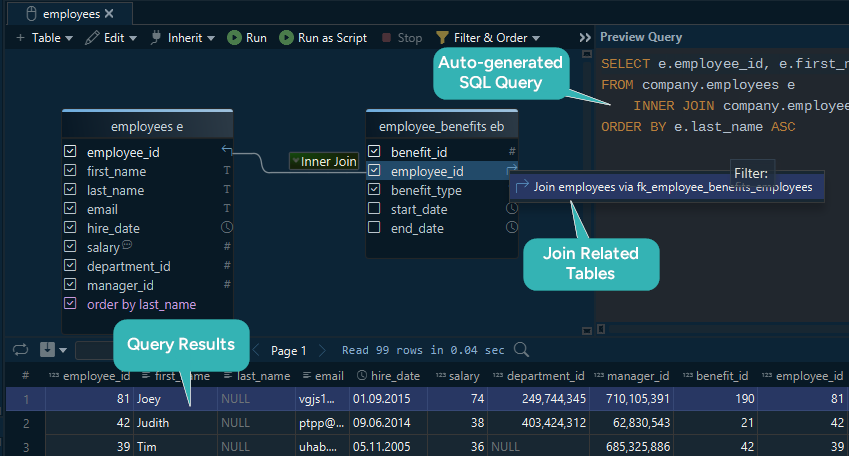 Build SQL Queries visually without having to write any line of code. Add and edit tables with a simple click.
Build SQL Queries visually without having to write any line of code. Add and edit tables with a simple click.
- 3
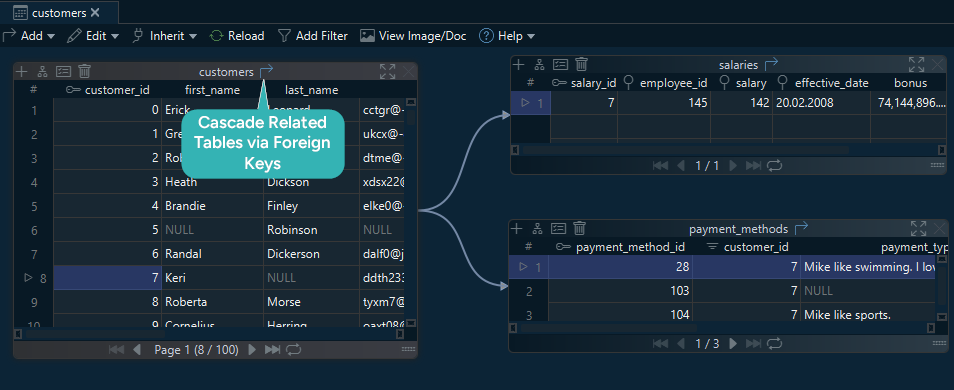 The Relational Data Editor can visually explore data from multiple tables.
You can cascade into further tables via foreign keys or virtual foreign keys.
There is no limit to how many tables can be opened at once.
The Relational Data Editor can visually explore data from multiple tables.
You can cascade into further tables via foreign keys or virtual foreign keys.
There is no limit to how many tables can be opened at once.
- 4
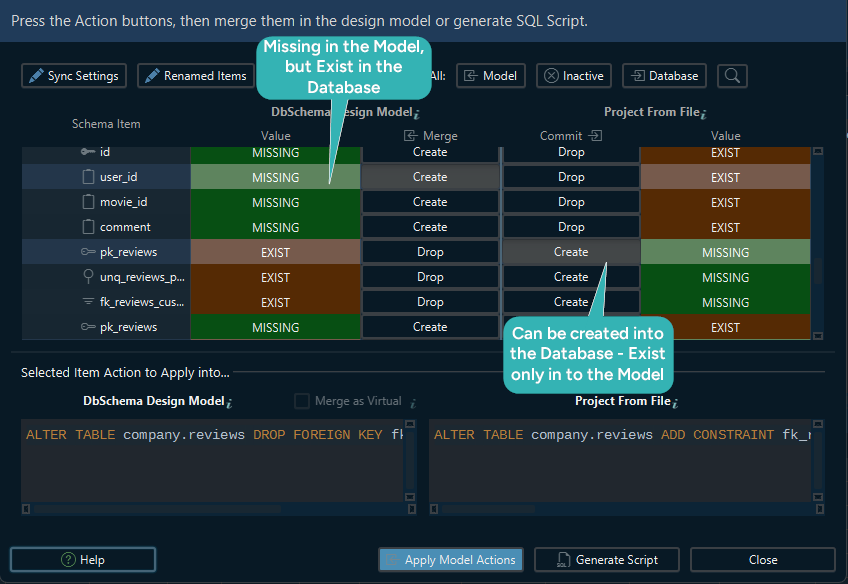 DbSchema model contains its own image of the schema, independent from the database.
Connecting to another database won't change the model schema unless you choose to refresh it from the database.
DbSchema model contains its own image of the schema, independent from the database.
Connecting to another database won't change the model schema unless you choose to refresh it from the database.
- 5
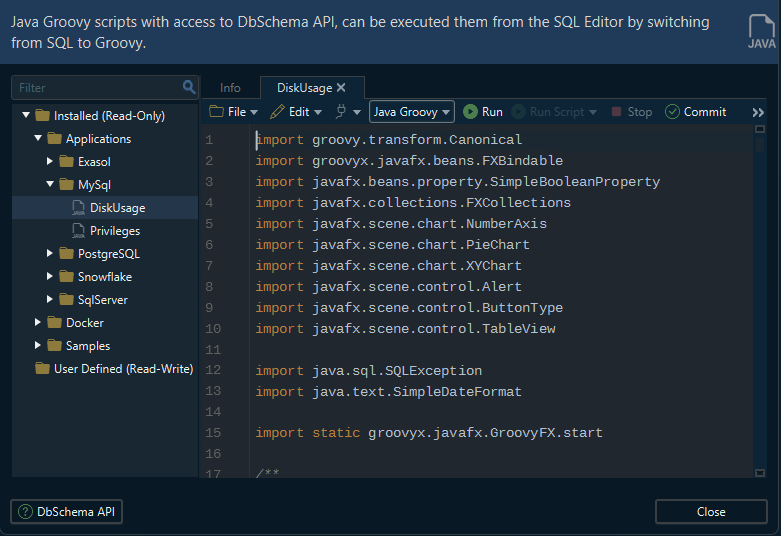 DbSchema can execute Groovy or Java Scripts with direct access to the DbSchema API.
This will help to solve different tasks without visual interaction.
DbSchema can execute Groovy or Java Scripts with direct access to the DbSchema API.
This will help to solve different tasks without visual interaction.
- 6
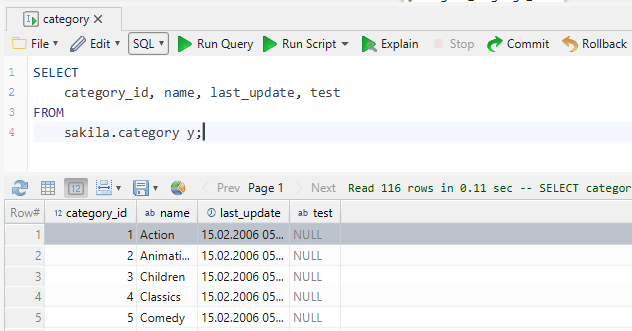 Discover the SQL Editor from the menu to edit and execute queries.
For a detailed list of features, please read this Documentation
Discover the SQL Editor from the menu to edit and execute queries.
For a detailed list of features, please read this Documentation
For complete information on features and licensing, visit our PRO Edition page.